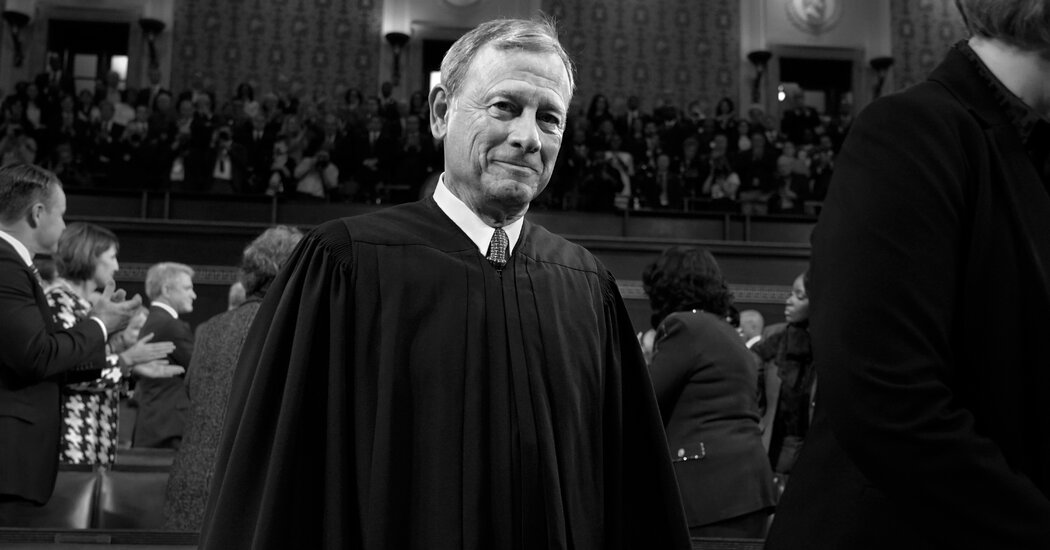
The US Supreme Court found affirmative action to be unconstitutional
John Roberts: Creating an inclusive and equitable educational environment in the wake of decisions that violate the Equal Protection Clause of the 14th Amendment
The chief justice is often depicted as powerless to save his court. John Roberts hasn’t used the power that he has to restore some measure of the court’s reputation. He has tried to restrain the court’s crusaders by siding with liberals in the Alabama voting rights case and rejecting the “independent state legislature” theory, but he also believes that their methods and conduct are above reproach. His idea of integrity is a brittle thing, and self-destructive. It has put the court’s reputation at greater risk; it has made the court more, not less, vulnerable to public scrutiny and to encroachment by Congress and the White House.
John Roberts planned to leave for Malta in June 2012 to teach a course on the Supreme Court after the justices decided the fate of theAffordable Care Act. “Malta, as you know, is an impregnable island fortress,” he joked on the eve of his trip. It seemed to me to be a good idea.
The court decided by a majority of six to three that Harvard University, a private university in Cambridge, Massachusetts and the public University of North Carolina in Chapel Hill violated the Equal Protection Clause of the 14th Amendment by considering race. The decision reduces the usefulness of universities in the ongoing struggle to create more equitable educational environments.
To continue to build a more diverse environment, institutions must find innovative and alternative ways to do so. This is important not only for moral and ethical reasons, but also for the benefit of society, as demonstrated by the evidence that greater diversity improves education and leads to innovation.
Affirmative action acknowledged that, without strong efforts to diversity workplace and student populations, segregation would continue, because of existing differences in educational and professional achievement.
It is well established that evaluations of educational achievement based on grades and test scores typically reflect the opportunities that students are afforded, which are inherently unequal. Schools that serve predominantly Black and Hispanic communities get a lower amount of money than schools that serve predominantly white communities. Black students were more negatively impacted by the effects of low income and poverty on testing scores than other people.

